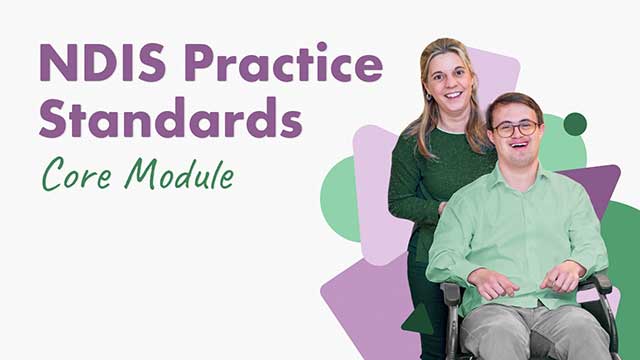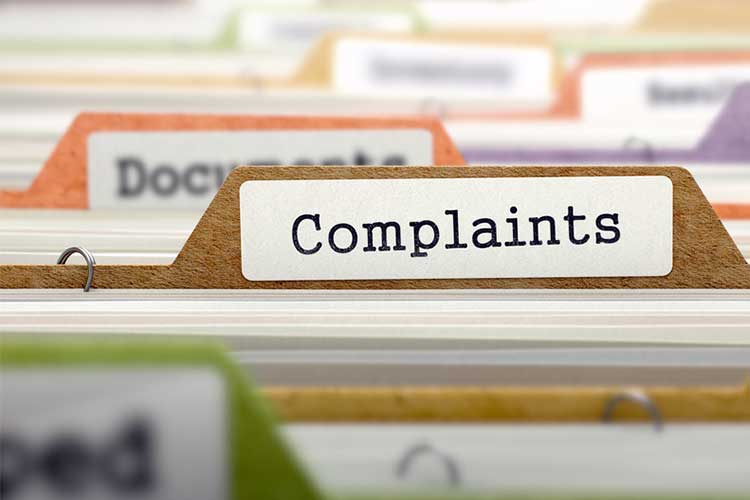NDIS Providers in Australia : Top 5 SEO Pain Points in 2025
November 13, 2025 | by John Corpuz

NDIS Providers in Australia: Top 5 SEO Pain Points in 2025

The National Disability Insurance Scheme (NDIS) in Australia is built on the promise of “Choice and Control.” For NDIS providers, that choice is increasingly exercised online. Participants and their families are turning to Google, not phone books, to find the support they need.
The battle for visibility has never been tougher. In 2025, NDIS providers face a unique set of challenges in Search Engine Optimisation (SEO) that blend technical complexity with the crucial need for trust and compassion. Simply having a website is not enough; providers must overcome key pain points to appear on the first page, where the real referrals happen.
the Top 5 SEO challenges NDIS providers must solve in 2025 to survive and grow.
1. The Hyper-Local Competition Trap
In the NDIS sector, service delivery is almost always tied to a physical location. A participant searching for a support worker needs one near them, not on the other side of the country.
This reality creates a major SEO pain point: Hyper-Local Competition.
- The Problem: Hundreds of providers in a single suburb or city are all trying to rank for the same core keywords, such as “NDIS support coordination Melbourne” or “disability care services Sydney.”
- The Result: Google’s local results (the map pack) are overcrowded. Smaller, quality providers are being pushed out by larger, corporate agencies with bigger marketing budgets. Winning the local search battle now requires an intense focus on optimising the Google Business Profile (GBP), actively collecting location-specific reviews, and building local “citations” (mentions of the business name, address, and phone number on other local directories).
- The 2025 Solution: Providers must go deeper than just naming their suburb. They need targeted service pages for every neighbourhood they serve, proving to Google they are a genuine, reliable local choice for those specific areas.
2. The Unavoidable WCAG Accessibility Mandate
For NDIS providers, website accessibility is not just good practice—it is a legal and ethical requirement, and in 2025, it is a non-negotiable SEO factor.
The Web Content Accessibility Guidelines (WCAG), particularly the latest WCAG 2.2 standard at Level AA, have become a crucial benchmark.
- The Problem: Most provider websites were not built from the ground up with accessibility in mind. Technical issues like low colour contrast, missing “alt text” on images, confusing keyboard navigation, and video captions are extremely common.
- The Result: A poor experience for people with disabilities (the core audience) directly hurts conversion rates. More critically, Google’s algorithm rewards accessible sites because they offer a better user experience. A website that fails WCAG checks can be penalised, pushing its rankings down. Furthermore, the Disability Discrimination Act 1992 in Australia means poor accessibility can lead to legal risk.
- The 2025 Solution: Accessibility must move from an afterthought to a core technical SEO priority. It requires regular audits and ongoing maintenance to ensure all digital elements—from booking forms to documents—are usable by everyone.
3. Proving Trust with E-E-A-T (Expertise, Experience, Authority, and Trust)
The NDIS sector falls under what Google classifies as “Your Money or Your Life” (YMYL) topics. These are topics that can significantly impact a person’s health, financial stability, or well-being.

To prevent harmful, low-quality, or misleading information from ranking, Google demands an incredibly high level of E-E-A-T (Experience, Expertise, Authoritativeness, and Trustworthiness).
- The Problem: Providers struggle to effectively demonstrate their credentials online. Generic, unauthored content and lack of genuine third-party endorsements are major weaknesses. Small providers often compete against large government-affiliated sites that naturally have higher authority.
- The Result: Even if a provider uses the right keywords, if Google’s ranking systems don’t find enough signals of trust and expertise, the site simply won’t rank highly. This means services written by staff with clinical qualifications (like Occupational Therapists or Nurses) but published anonymously may be overlooked.
- The 2025 Solution: Providers must actively showcase the real experience of their staff. This means adding detailed author bios with qualifications (Expertise), displaying case studies and testimonials (Experience), securing links from reputable Australian health or disability bodies (Authority), and ensuring all legal and contact information is transparent (Trust).
4. The Jargon vs. Search Term Disconnect
The NDIS is a complex system built on acronyms and technical terms. Providers use this language every day, but participants and their families rarely search with it.

- The Problem: Most NDIS websites are written for other providers or government agencies, using heavy jargon like SDA, SIL, E.C.E.I., and Capacity Building Supports.
- The Result: A parent searching for “help with my child’s speech” may never find the service page titled “Early Childhood Early Intervention.” The provider’s internal language does not match the participant’s search language, leading to a massive gap in organic traffic. The content is relevant, but the keywords are wrong.
- The 2025 Solution: Effective SEO requires a Plain English translation layer. Providers must conduct thorough keyword research to understand the intent behind the search. Instead of optimising only for “Supported Independent Living (SIL),” they should create content for phrases like “finding a group home” or “help living alone.”
5. Limited Internal Resources and Capacity
At its heart, the NDIS sector is focused on delivering quality, person-centred care. For many providers, especially smaller, local operations, digital marketing and SEO are seen as non-essential overheads.
- The Problem: A typical NDIS provider doesn’t have a full-time SEO specialist, content writer, or technical web developer. The person managing the website is often the practice manager or a coordinator whose main job is care. This results in inconsistent blog publishing, slow website speed, broken links, and neglected technical updates.
- The Result: SEO is not a “set-and-forget” task; it is an ongoing process. Providers who lack the internal capacity for consistent content creation and technical monitoring inevitably fall behind competitors who invest in dedicated resources. In 2025, with Google releasing frequent updates, inconsistency is a recipe for losing rankings.
- The 2025 Solution: Providers must acknowledge that SEO is an investment in long-term lead generation. Whether through training existing staff or partnering with specialised NDIS SEO agencies, they must secure a consistent budget for high-value content and monthly technical health checks.
Conclusion: SEO is the Bridge to Choice and Control
In 2025, the NDIS digital landscape is a challenging but high-stakes environment. For NDIS providers, overcoming these five pain points is not merely about traffic—it’s about fulfilling the NDIS mission. The better a provider ranks, the more likely a participant is to find them, leading to greater choice and control over their support network.
By tackling local competition with micro-targeted content, prioritising WCAG 2.2 accessibility, actively proving E-E-A-T credentials, translating jargon into simple search terms, and securing consistent resources, NDIS providers can move from being invisible to being the essential first choice on Google.
RELATED POSTS
View all


